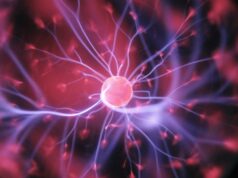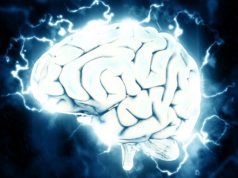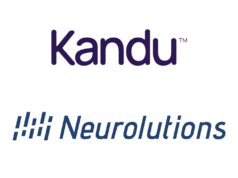
MicroTransponder recently announced the first commercial use of its Vivistim paired vagus nerve stimulation (VNS) system for improved upper-limb function post-stroke. The company said in a press release that a surgical team consisting of Charles Liu and Jonathan Russin (both Keck Medicine of USC [University of Southern California], Los Angeles, USA) successfully placed the small Vivistim device under the skin of Rosa Maria Villalpando’s upper left chest area during an outpatient procedure.
“We are proud that the Vivistim system is reviving hope for stroke survivors and addressing an unmet need for those who have chronic impairment,” said Richard Foust, MicroTransponder’s CEO. “Stroke survivors whose hand and arm function have not significantly improved can now collaborate with their healthcare professionals to assess if they are potential candidates for Vivistim.”
When used in conjunction with rehabilitation therapy, the Vivistim system employs paired VNS to generate two-to-three times more hand and arm function improvement for stroke survivors than rehabilitation therapy alone, according to the company.
During rehabilitation therapy, a therapist will signal the device to deliver a gentle pulse to the vagus nerve while the stroke survivor performs a specific or functional task, such as cutting food, buttoning a shirt, or playing games. This pairing of the rehabilitation exercise with VNS releases neuromodulators that create or strengthen neural connections in areas of the brain outside the damaged region, improving upper-limb function and increasing the effectiveness of the therapy.
“Vagus nerve stimulation paired with rehabilitation represents an exciting improvement in neurorestoration after stroke,” said Liu. “This is the first time vagus nerve stimulation in conjunction with rehabilitation will be utilised for post-stroke treatment with the goal of restoring stroke survivors’ upper-extremity mobility.”
Once Liu and Russin clear Villalpando for physical activity, she will begin her paired VNS therapy journey with the Keck Medicine rehabilitation team, led by Ramzi Ben Youssef (Keck Hospital of USC, Los Angeles, USA), the press release details.
“Clinical trial results have shown that stroke survivors may benefit from vagus nerve stimulation paired with rehab,” said Ben Youssef. “By stimulating the vagus nerve, we are hoping to make a change in the microenvironment of the brain, creating or strengthening neural connections that bypass stroke-damaged areas in the brain and enhance the relevance of physical therapy.”
The Vivistim system received US Food and Drug Administration (FDA) approval following a decade of preclinical research and a 108-person, multicentre, triple-blinded, randomised controlled clinical trial that was peer-reviewed and published in The Lancet. Stroke survivors who have benefitted from Vivistim reported improvement across numerous quality-of-life measures, including functional mobility, self-care and daily living.
Additional Vivistim case starts are expected in the coming months at leading comprehensive stroke centres, according to MicroTransponder, as more clinical teams across the USA identify potential candidates for the Vivistim system. Stroke survivors can ask their rehabilitation specialist or physician if they are candidates for paired VNS therapy. They would then need to be referred to a comprehensive stroke centre offering Vivistim, the release notes.










